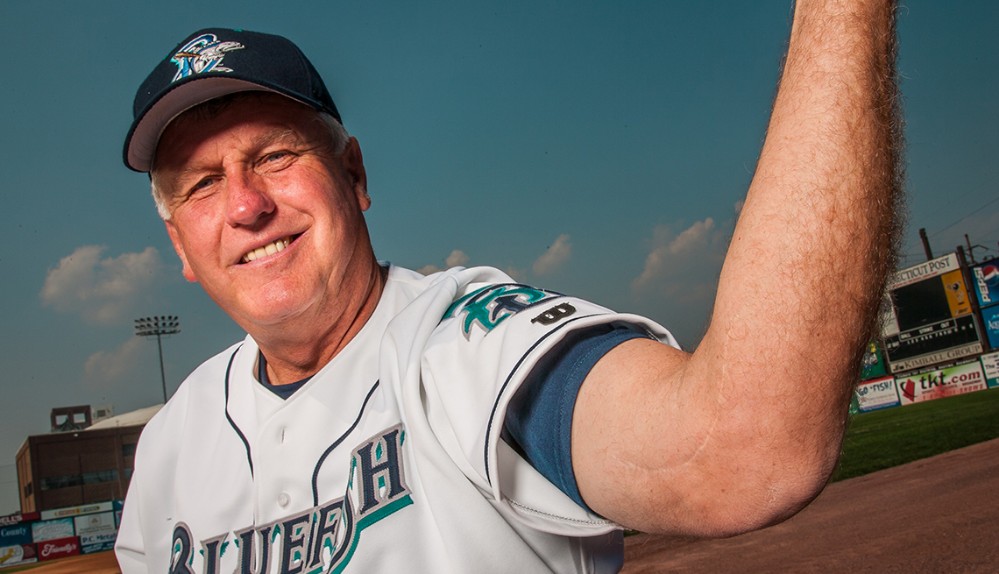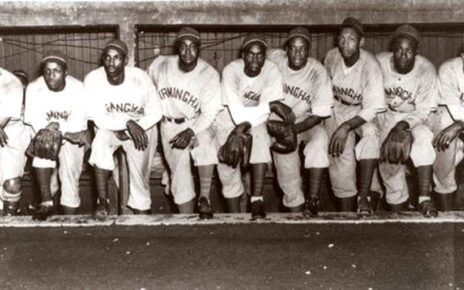I’m not about to lie and claim to have ever been super familiar with the career of Tommy John. For the majority of my baseball fandom that wasn’t a person, it was a surgery. I never watched John pitch live, nor was he a baseball card I was particularly fond of back in my youth. There was no reason for young me to care about Tommy John the person, and adult me has never felt the need to know the person in lieu of the surgery. Thanks to Jay Jaffe’s The Cooperstown Casebook that recently changed and I decided to dig deeper into the career of the actual pitcher.
This isn’t going to be a tome on the career of John, but rather a short and simple case for why I believe upon further analysis he should be in the National Baseball Hall of Fame. My readers are well aware that I don’t particularly care much for that organization, but Major League Baseball players do, especially someone from the era that Tommy John played in. That being the case my argument is that John belongs, for one reason or another.
The case that John makes as a player isn’t the strongest, though his stats are surprisingly robust. I’m a firm believer in Jaffe’s JAWS stat to measure an MLB players NBHoF worthiness. (I say MLB because there are major issues when it comes to JAWS and the Negro major leagues and the way Jaffe falls in lockstep with the idea of the official major leagues). By that measure John is right on the fringe, his score of 48.0 is below the average NBHoF pitcher mark of 61.5. JAWS is just the starting point though because in terms of rWAR John edges a mite closer. The average pitcher in the Hall is at 73.2 career rWAR and John is at 61.5. He still falls short, but he’s nipping at the edge and is better than a number of actual Hall pitchers.
The son of Terra Haute, Indiana, John ended his career with 4,710.1 innings pitched in 26 seasons. He amassed a career ERA of 3.34, ERA+ of 111, and finished with 2,245 strikeouts. Those are great numbers, but they aren’t really Hall numbers. He made four All-Star teams and was runner up in American League Cy Young voting twice. He also received some down-ballot AL Most Valuable Player votes on two separate occasions. His postseason numbers were good despite him never winnings a World Series. 2.65 ERA and 48 strikeouts in 88.1 innings pitched for the Los Angeles Dodgers, New York Yankees, and California Angels.
Added together John ends up with a resume that qualifies him as an all-time great, but not a Hall of Fame caliber player. However, the key ingredient missing from his statistics is what he was able to do after getting the surgery that would come to bear his name. It’s not hard to imagine that had John’s performance post-1974 surgery been less than stellar the surgery may not have caught on as it did. Luckily for John, the ulnar collateral ligament reconstruction surgery he underwent was a rousing success and has helped to prolong the careers of numerous pitchers in the ensuing years. There is an argument to be made that the surgeon, Frank Jobe, deserves recognition in the Hall. I agree with that sentiment, but John was the important pioneer who had the surgery done and showed the baseball world that ligament damage didn’t need to mean the end of your career.
Taken in totality there’s little reason for Tommy John to not be enshrined in the NBHoF. I’d argue that his willingness to have the surgery done and success after the surgery are responsible for the pitching landscape as we know it today. Without John’s performance as a pitcher showing that the experimental surgery was legit who knows how many great pitchers careers would have ended before they could even get going? He may not have been a Hall of Fame player, but John was easily a Hall of Fame pioneer.
Lead photo courtesy of Michael J. Lebrecht II – Getty Images




